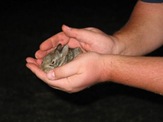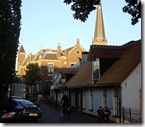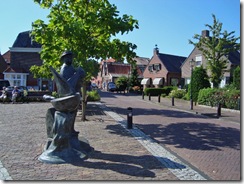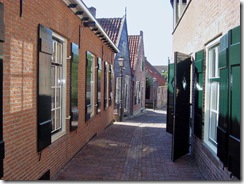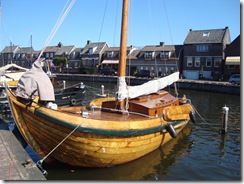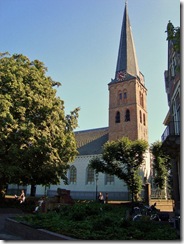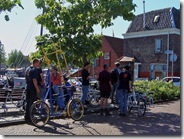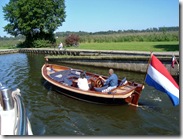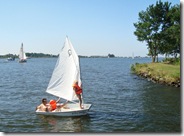Expat advice and surveys
James at American in Amsterdam posted some useful reference information this week: I took his advice to pick up some breakdown insurance with ANWB. I've always been a member of the AAA, a similar service in the US, and have gotten great value for the membership over the years. The AAA provides road service, maps and trip books, and bail bond services (better than dropping off my driver's license when the patrolman stops me). It sounds like a similarly good service to have here (although the 'all Europa' package is about double the US rate).
Along the way, they invited me to sign up for a 'work-from-home' day on October 9, in exchange for a commemorative keychain. Why not...
-------------
Several folks have suggested the new Expatcenter in Amsterdam as a good one-stop shop for getting forms filled in, questions answered, and rules explained. It certainly has the potential to save a lot of website- and office-hopping, and the Internet site is extremely well organized. However, through the end of it's evaluation period (Dec 31, 2008), it's aimed mainly at highly skilled migrant workers and their families, living in Amsterdam or Amstelveen, whose employer is a participant in the pilot project.
The alternative is to use the ACCESS service, which has recently moved it's offices to be closer to the World Trade Center (where the Expatcenter is also located).
And, the new Holland Handbook is out for 2009: I lived by this guide for the first six months here. Highly recommended if you are allowed only one book to take with you to your Dutch village.
-------------
And, HSBC has released the results of their most recent Expat Explorer Survey. Over 2000 people worldwide filled in the on-line questions, and destinations were ranked on the basis of how long expats stay, how well they are paid, the availability of "luxuries", and how comfortable the housing is. The Netherlands towards the middle, alongside Canada: it scored well on longevity and pay. Singapore led the list; the UK trailed.
I had to smile at some of the "luxuries": ownership of boats or multiple cars is down (was it ever up?), while more people "own a pool" or "have access to more than one property". It seems like some of these things might be better for HSBC than for expats.
--------------
And thanks to India Ink for this summary of the Expat Life Cycle!
Labels: Advice, Expat Literature



